As we celebrate this Republic Day, we turn our attention to one of India’s most precious cultural treasures – our textile heritage. As we celebrate our nation, we also honour the diverse weaves that have flourished across the country, embodying the essence of India’s cultural and regional diversity. At Mysore Saree Udhyog, we take pride in preserving this legacy by showcasing some of the most renowned weaves from across India. Below is a deep dive into the unique nature of each weave, celebrating their craftsmanship and timeless beauty.
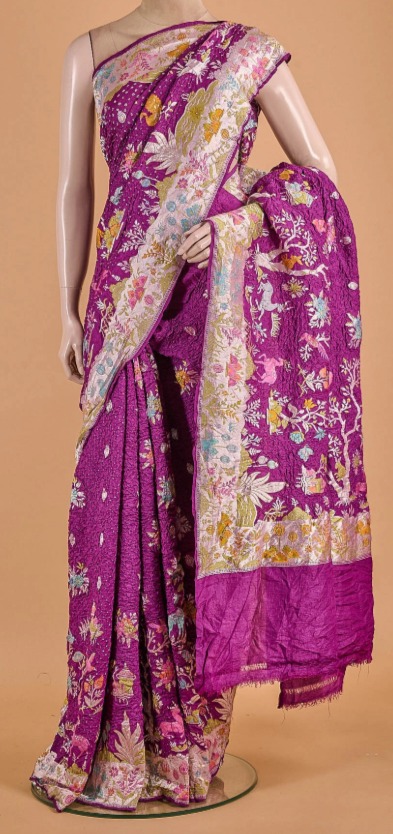
In Gujarat, the art of Bandhani transforms fabric into intricate patterns through the precise technique of tie and dye. Thousands of tiny knots are carefully tied by skilled artisans, creating distinctive designs that have become synonymous with celebration and tradition. Each Bandhani piece represents countless hours of dedication, resulting in patterns that are both striking and meaningful.
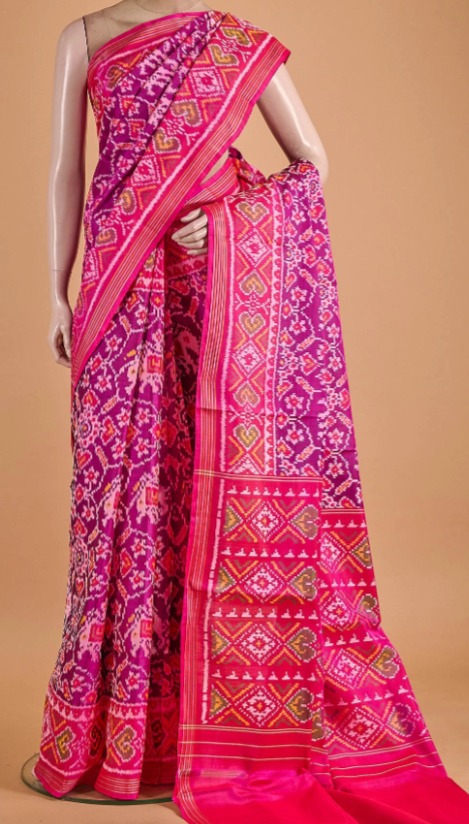
The Ikkat and Patola weaves of Odisha showcase remarkable precision in their creation. What sets these textiles apart is their unique resist-dyeing process, where threads are dyed before they meet the loom. In Patola particularly, the pattern appears identical on both sides – a testament to the exceptional skill required in this craft.
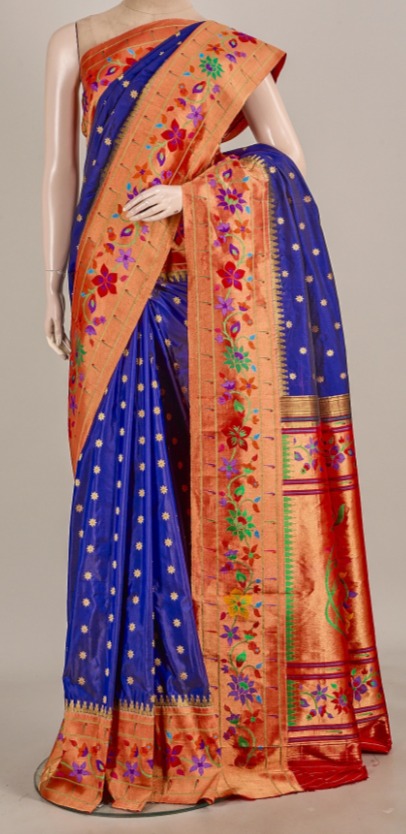
Maharashtra’s Paithani weaves are recognized by their distinctive “butterfly” pallus and peacock motifs. Using traditional tapestry techniques, weavers create a remarkable interplay of colours that shift and shimmer as the fabric moves. These pieces combine visual splendour with technical excellence, making each saree a work of art.
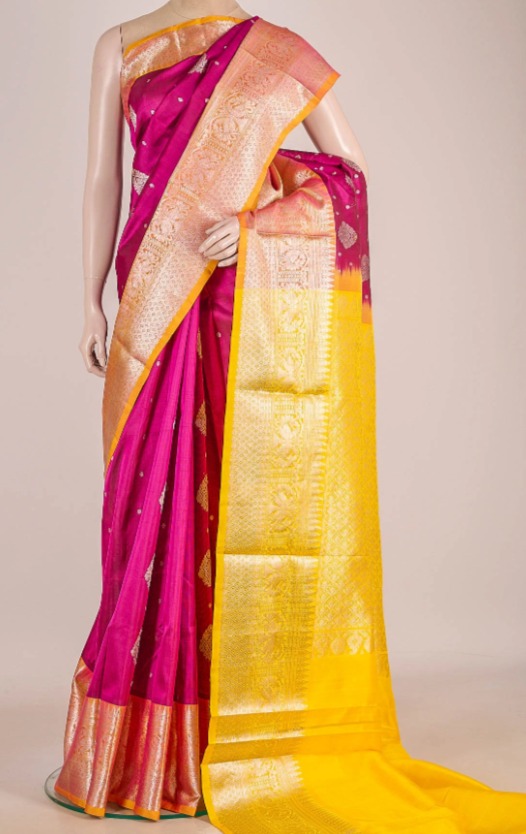
The Venkatagiri weaves of Andhra Pradesh demonstrate remarkable finesse in their creation. These sarees are known for their lightweight and lustrous finish, achieved through superfine weaving techniques. Despite their delicate appearance, they carry intricate zari work with grace, embodying both comfort and elegance.
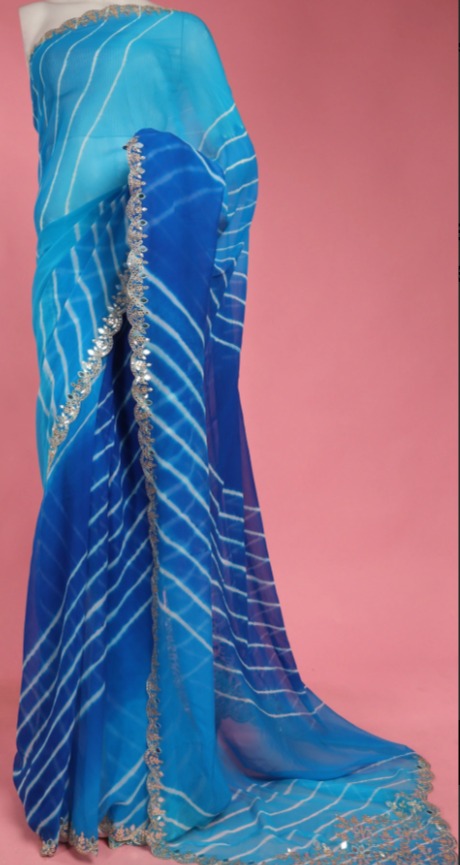
In Rajasthan, Leheriya weaves capture movement in fabric. The name itself means “waves” in the local language, and true to this, the diagonal patterns create a flowing effect through careful tie-and-dye work. These traditional patterns reflect both artistic precision and natural beauty.
“We at MSU are committed to preserving India’s rich textile culture while embracing modern design innovations. This balance is achieved by integrating the latest textile technologies with our traditional methods. Our investment in building a comprehensive repository of ancient textiles, documented by textile historians through the Registry of Sarees (TRS), ensures that our cultural heritage remains fully intact. This repository not only preserves our textile legacy but also serves as an inspiration for contemporary designs, ensuring that our collections remain timeless yet modern.” said Dinesh Talera, co-founder, Mysore Saree Udyog.
This Republic Day, explore these treasured weaves, each one a testament to the enduring creativity and skill of Indian craftsmanship. Together, we can ensure these traditional arts continue to thrive, carrying forward the legacy of our textile heritage for future generations to appreciate and preserve.
READ MORE: Empowering Communities, Restoring Ecosystems: Goa’s Blueprint for Regenerative Tourism
Pingback: Savor the Spirit of Republic Day: Top Cafes & Restaurants Serving Tricolor Inspired Delights - The Look